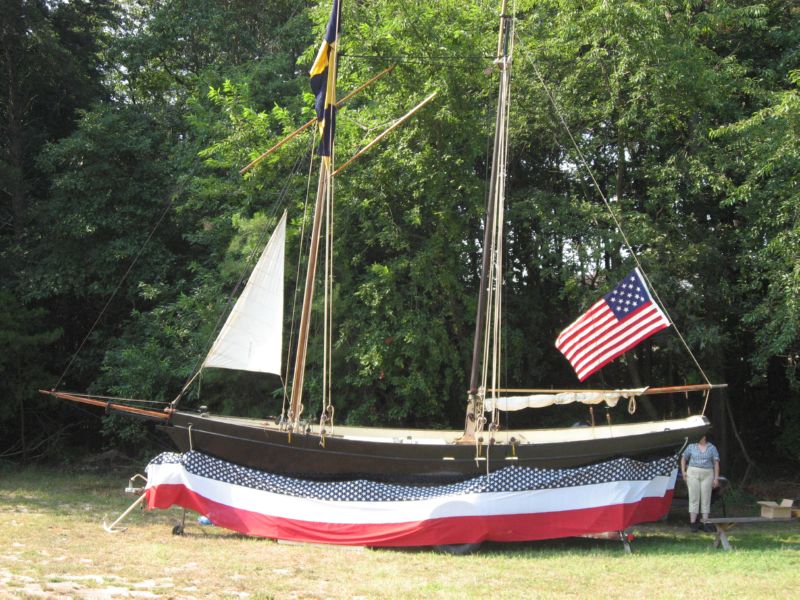Today I thought I would address a frequently asked question. What happens to the artifacts archaeologists find once the excavations have ended?
Archaeologists actually spend a majority of their time in the Laboratory processing and analyzing artifacts. Archaeology in Annapolis has completed the Fleet-Cornhill Mitigation project and the summer Field School and now we have artifacts recovered from almost 14 weeks of excavation to process. The estimation is that for every week spent in the field excavating archaeologists
spend a month in the lab processing the artifacts.
The first step in processing collections involves washing all the artifacts. There are specific standards for washing artifacts which vary according to the material and the condition of the artifact. This is also the point where archaeologists identify artifacts that require special conservation attention and then create a plan of action to address these needs.
Next we must catalog the collection which is a way of recording a description of each artifact along with all other artifacts found within the same provenience. Provenience is the single most important word within the discipline of archaeology. Provenience refers to the three-dimensional context or location of an archaeological find which allows us to date our discoveries and is essential to the interpretation of a site. Next we carefully label each artifact with provenience information. Ideally we try to label the object itself so that the information cannot be separated from the object. Artifacts are stored permanently in temperature and humidity controlled facilities to reduce the rate of deterioration. The idea is to preserve and store these artifacts indefinitely for future research.
The next stage is the interpretation. For each site excavated, archaeologists must produce a site report which interprets and explains the archaeological finds. Site reports vary according to location and time period of the site but most historical archaeology site reports contain similar elements. Before excavation begins archaeologists perform documentary research in order to understand the site they are digging. This background information is included in the report. Each unit, which refers to the individual holes dug on the site, has a section in the site report. Each of these sections generally includes a brief level-by-level description of how the unit was excavated and then gives greater detail on significant finds including drawings and/or photographs. Cultural Resource Management site reports also include a section for "recommendations" where the the archaeologists make suggestions as to the future care and preservation of the historical site.
Many archaeologists try to publish their findings in a professional journal or if possible a more main-stream publication in order to reach a larger audience. Archaeology in Annapolis certainly has plenty of work to do in the next few months- we'll keep you posted!
The Society for Historical Archaeology provides a great outline for how to properly process an archaeology collection. Here's the link: http://www.sha.org/research_resources/curation_standards.htm



